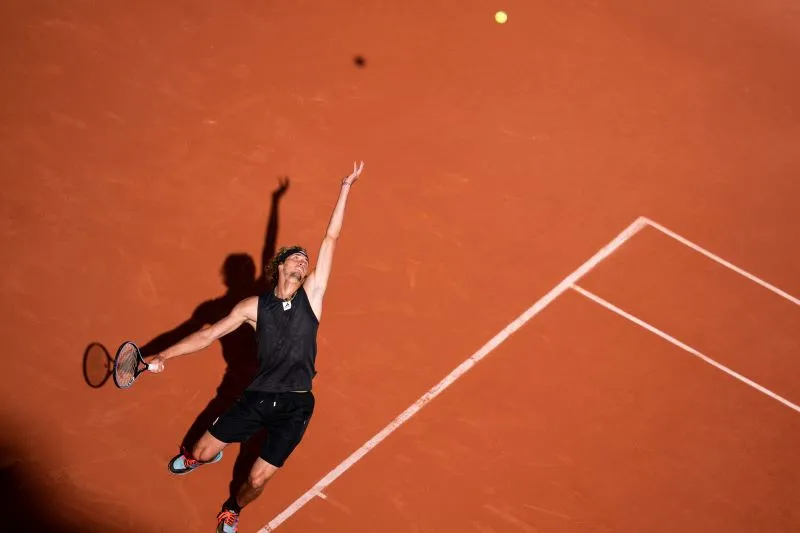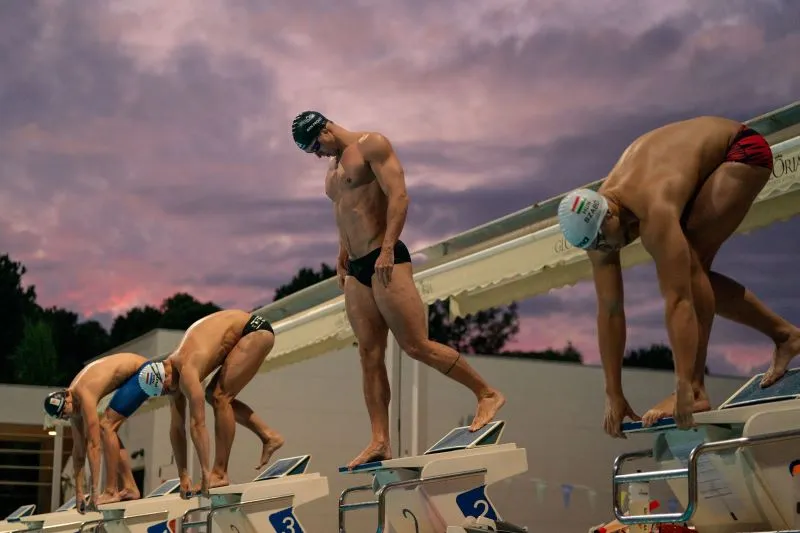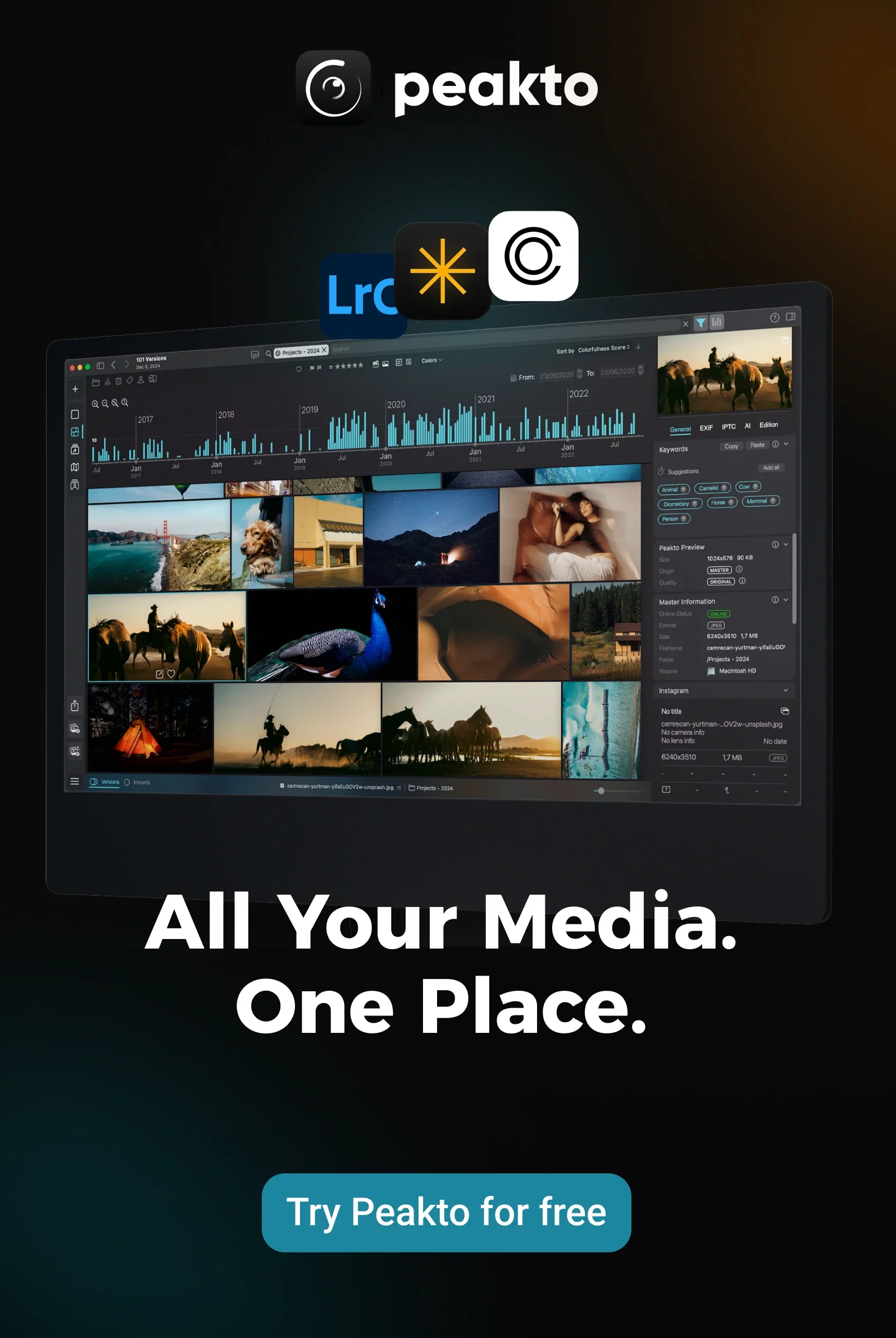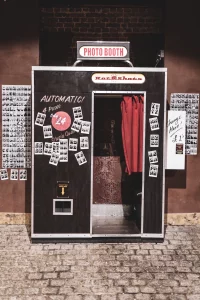How do you photograph sport? How do you capture the perfect instant, a thousandth of a second, the quintessence of sporting effort, between power and solemnity? Mine Kasapoglu is undoubtedly one of those photographers for whom photography is much more than a visual medium or an illustration. Like the hunter who waits, holed up in a bush, for hours before capturing his prey, Mine’s photographs are the result of hours of patience before being able to capture the moment, the angle, the perfect shot.
From top-level athlete to trainer to sports photographer, Mine’s career shows a lifelong passion in all its different forms. Through her breathtaking work, Mine takes us on a journey, allowing us to immerse ourselves in a vision of sport that draws on a variety of artistic prisms, addressing both powerful elements like the gush of water or playing on stylistic effects like blur and sharpness to better highlight the physical and mental isolation of athletes. With the upcoming Olympic Games, CYME wanted to find out more about the experience, vision and tools of Turkish photographer Mine Kasapoglu.
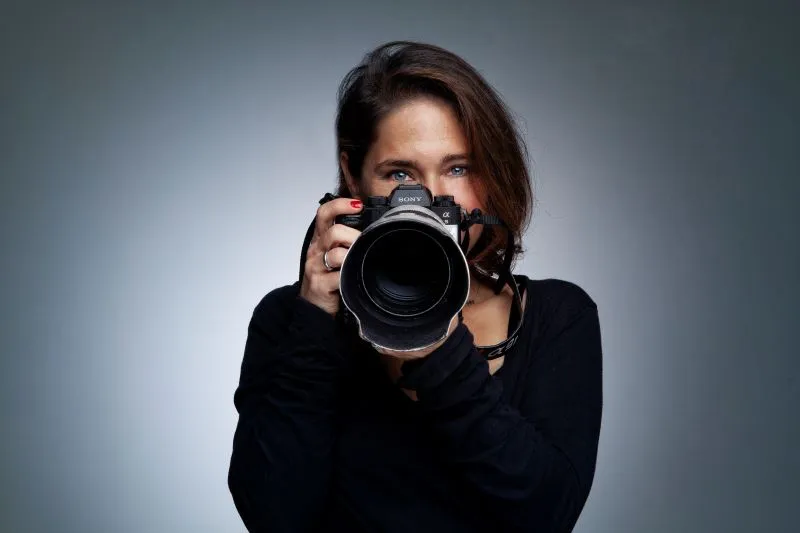
From Being an Athlete to Becoming a Sports Photographer: Mine Kasapoglu's Journey
Could you share with us your journey and explain how you became a sports photographer? What attracts you the most to sports photography?
I have always done sports. I grew up skiing and playing tennis. I discovered photography classes in college. It wasn’t digital at that time, only black and white. In the darkroom, I fell in love with watching images come to life. Creating photos from scratch with light and silver was magical. Sports and photography were initially two separate passions in my life, but both brought me immense joy.
Although I studied economics and graduated at 20, I only wanted to pursue photography. My friends and family thought I was crazy, but I was determined. Looking back, it was a courageous decision, and I’m proud of my younger self. I’ve now been a professional photographer for 25 years.
My first significant job was as a photo intern for the Salt Lake Organizing Committee for the Olympic Games. It was an incredible introduction to the photography world, allowing me to work on everything from sports to portraits. We were still using film, so I handled running, scanning, retouching, and archiving. It was an invaluable learning experience.
I started with sports photography in Salt Lake. Afterward, I moved to Paris for a year to attend a sports photography school. It was incredible to be with others as passionate about photography as I was. Americans pump you up. They’re like, “You’re awesome, look at you go!” You get used to it, and then you go to France, and they rip you apart. So I had to really get through that. My confidence came back up after. In the beginning, it was kind of a shock.
“In the darkroom, I fell in love with watching images come to life. Creating photos from scratch with light and silver was magical.“
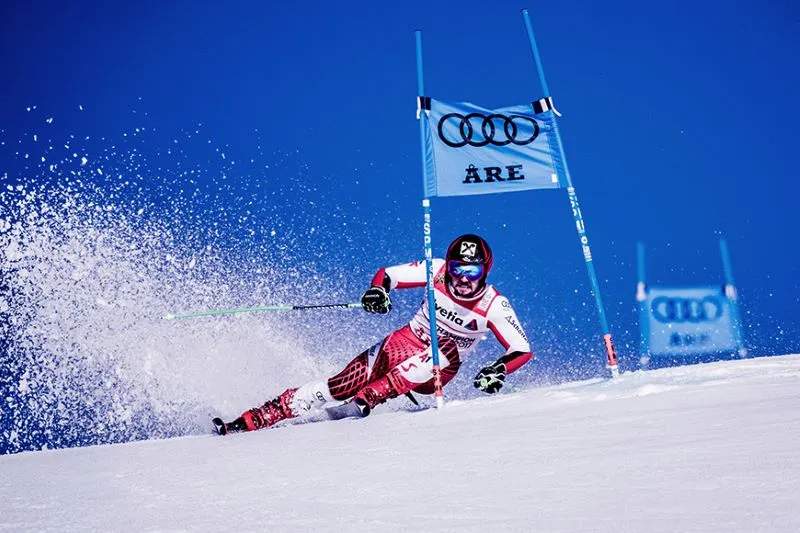
I attended photography school because I only had a minor in it from university. As the world was going digital, I wanted to improve my skills. Afterward, I moved to Istanbul and worked for magazines like Vogue and Elle, doing portraits.
My heroes were photographers like Annie Leibovitz. Vanity Fair, I would swallow it for the pictures. I admired powerful portraits of interesting people. Now, with AI, I value the authenticity of real portraits even more.
When I moved back to Turkey, I resumed racing. While in the US, I taught snowboarding and never left the mountain. When I went back to Turkey, I started competing in national championships. In my first year, I got third place. I thought, ‘Okay, I’m still good.’ From 2006 to 2010, I was racing and tried to make it to the Olympic Games representing Turkey in snowboard cross, but I was far from qualifying. During this time, I balanced photographing for magazines and other jobs. Although I wasn’t primarily a sports photographer, I loved the Olympic Games and attended Salt Lake, Athens, Torino, and Beijing. I worked on everything from stills to movie sets, doing whatever I could find.
In 2010, I got pregnant, so I stopped racing and was coaching kids. But at the time, I really missed the feeling of the sport, and I made a very clear decision: “I’m only doing sports photography because this is what I love”. So as soon as I stopped racing, I wanted to do skiing, snowboarding photos, and winter photos because that’s where my love was. Before, just being on the mountain was enough, but after I stopped racing, I needed something more. I began shooting my friends and the Turkish national team at World Cups in Turkey.
From 2010 to 2014, I managed two babies and only kept my Vogue job and the Olympics, turning down other work to focus on being a mom. In 2015, I committed fully to being a sports photographer, wanting to be with athletes.
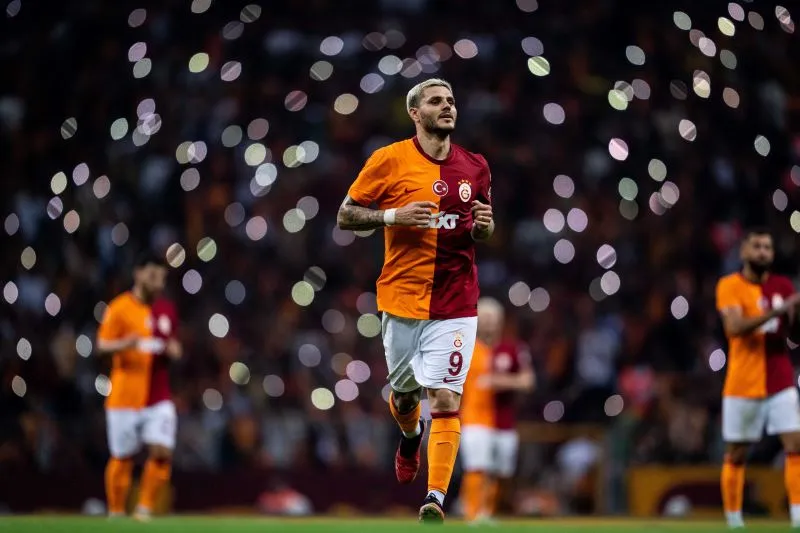
Do you believe your sporting experience has influenced your perspective on photography? and how do you view sports as a means of storytelling through your photos?
I think athletes feel that I come from sports. Even though I was never as successful as the athletes I photograph, I know the basics. I’m always on the athlete’s side. I don’t really care about what clients or anyone else thinks about my pictures as much as the athletes do. I work for the athletes, and this also works well with clients because sponsors want to work with someone the athletes like.
My dream is to take pictures that wow the athletes, making them see themselves as superheroes. I feel like their big sister, taking care of them and earning their respect. They sometimes share their secrets with me, and if I don’t see them around, I’ll check on them to make sure they’re okay.
I’m not just there to document; I focus on the positive. If an athlete falls or doesn’t look good, I won’t send that photo. I’m a biased photojournalist, but in a positive way.
Do you like Mine's interview?
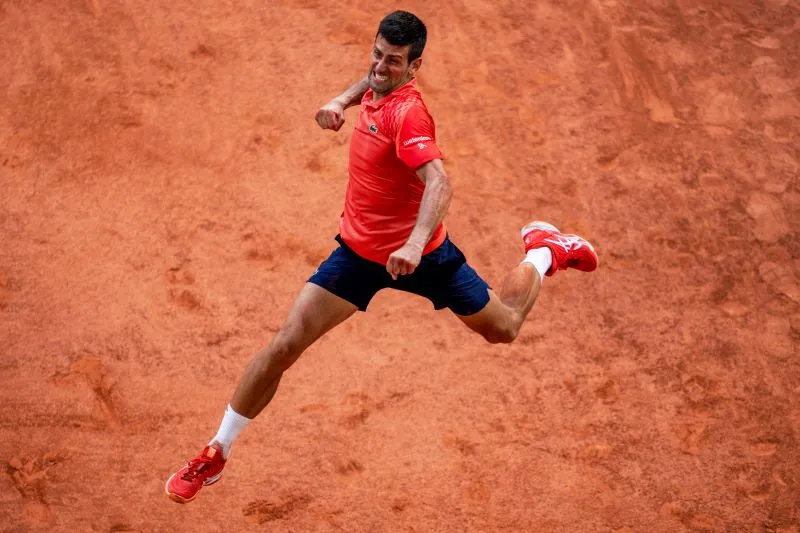

The Work of Mine Kasapoglu: A Profound Tribute to the Power and Energy of Sport
What specific challenges do you face as a sports photographer compared to other genres of photography? How do you manage them?
It’s a very physical job. You carry so much equipment. I saw this wedding photographer give a talk, and she said, ‘I use the 50 and the 85.’ I thought, ‘What does your bag look like?’ I have to carry so many lenses. I need to have three cameras ready: a wide-angle, a 70-200, and a 400 with a monopod. When you see a photo I took, it’s the result of blood, sweat, and tears. I climbed a mountain, waited for two hours, and then took the shot. It’s physically demanding, so you need to be fit both physically and mentally.
I love what Cartier-Bresson said, ‘The eye, the heart, and the camera line up.’ I try to see with my heart. When something moves me, I want to capture it. A good picture happens when the subject and I connect for a moment. It’s like I’m in every photo with my heart and feelings. Of course, during a shoot, not every frame I take has this magic, but it’s about warming up, taking out the camera, watching what’s going on, and then something sticks out. Something’s different, something interests you, like the way someone does something or how the lines come together. I try to find a good background and something interesting happening in front of it. If you open your heart and practice a lot, your camera becomes an extension of you. You know every button you need. Experience helps you react quickly and be in the moment. You work together with your equipment as one.
“I try to see with my heart. When something moves me, I want to capture it. A good picture happens when the subject and I connect for a moment.“
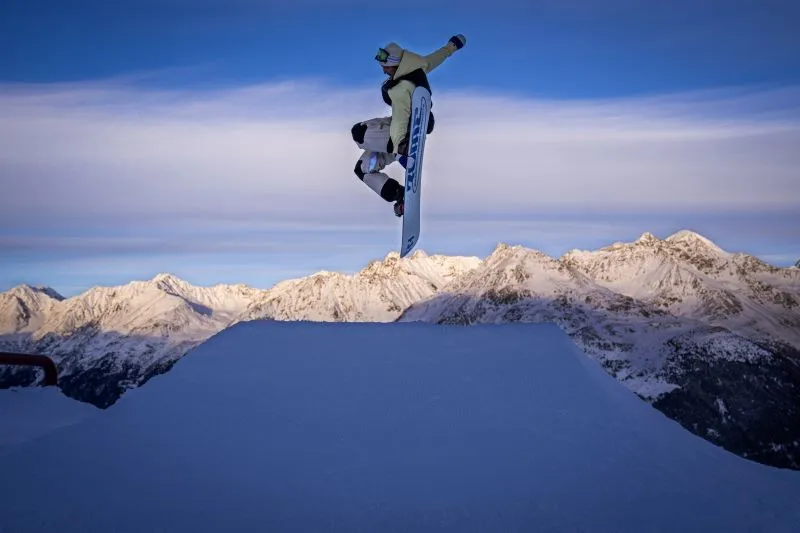
What is your approach to capturing the essence of sports and conveying the energy and excitement through your photographs?
I’m a positive person, especially around sports and athletes. I glow with positive energy, and I think that’s why it attracts more energy. The love I get from athletes adds to that. For example, a swimmer once told me, ‘When you photograph me, I swim faster.’ I thought, ‘Wow! That’s so cool!’ Positive feedback like that motivates me. When they appreciate my work, it creates a cycle where we feed off each other’s energy, resulting in better pictures.
I never want to photograph someone who doesn’t want to be photographed. It has to be mutual. Some athletes have become my muses, making me a better photographer. Just like they say they swim faster, and whether it’s true or not, it’s nice to hear.
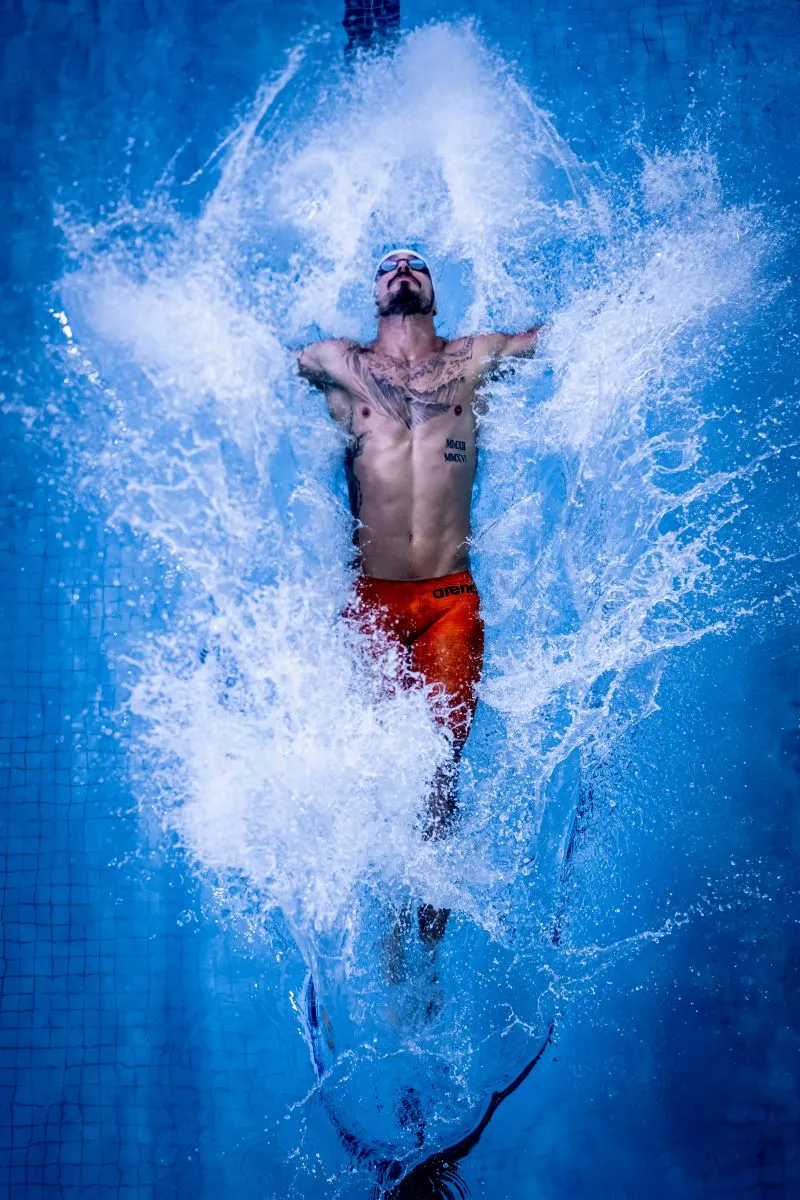
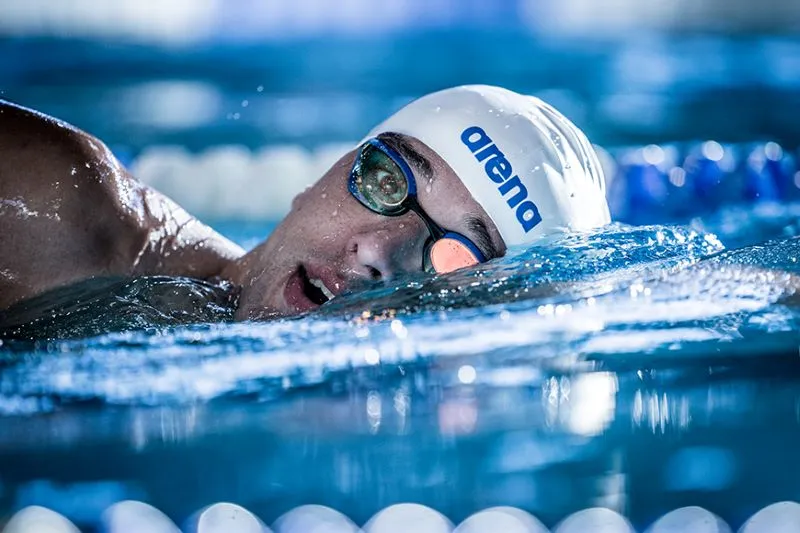
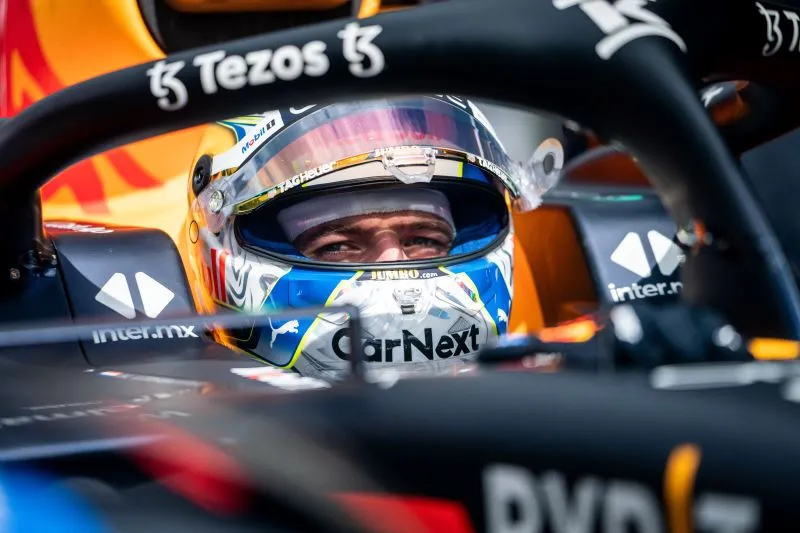
Capturing Sports Through Photography: Production and Career Special Stakes
Can you tell us about the planning and preparation required before a major sporting event?
For example, I’m going to photograph the Formula 1 Austrian Grand Prix at the end of the month. For Formula One, I watch ‘Drive to Survive’ on Netflix because it’s really important to know the characters. When I’m walking through the paddock, I need to know who’s who and understand their stories. Every sport becomes more interesting when you know the characters, stories, rankings, and history. It’s essential to know the rules and look at some pictures for inspiration. However, I try to look at the pictures well before race day because if I look at them during the event, I might unintentionally replicate them. While it’s good to be inspired, I also want to ask myself, ‘What would I do?’
It’s especially important to see a few pictures when you’re photographing a sport you don’t know well. For example, I know swimming and swimming strokes very well, but if I were to photograph judo, I wouldn’t know the right moves. Knowing the specifics of the sport is crucial. Talking to a photographer who specializes in that sport is very helpful, as they have valuable knowledge. However, there’s also an advantage in seeing something for the first time because it brings a fresh perspective. For instance, someone new to swimming photography might capture something unique that I wouldn’t have thought of. There’s a magic in seeing things for the first time. Doing the same thing repeatedly can lead to falling into a cycle.
I love discovering new sports. It keeps things exciting. I could easily focus on one sport, but I love exploring different ones. I really love all kinds of sports.
Does this interview inspire you?
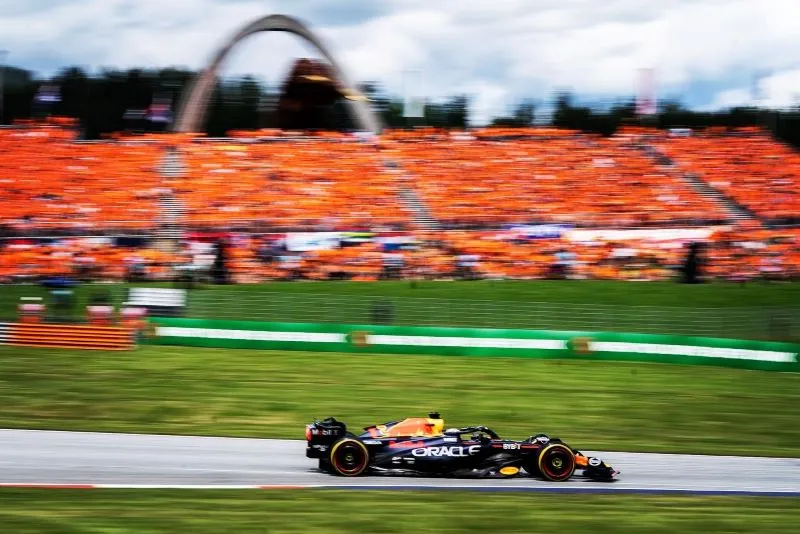
Are there specific aspects of photo retouching that you find particularly crucial during the post-production of sports images?
I don’t use presets; I create each edit fresh every time. I always shoot in RAW and then fix the white balance. Maybe having presets would make my work more consistent, but I like the flexibility. Sometimes my photos have a blue tint, then I get tired of it and add more color, and occasionally, I’ll do black and white—though rarely, even though I love it.
I don’t have set rules. I shoot in RAW because it gives me as much information as possible, allowing me to adjust highlights and other details since I use natural light. I appreciate what RAW shooting can bring out in an image. I don’t use AI-generated edits or anything like that. The most I’ll do is remove a pole in the background, some trash, or a few pimples—just minor skin retouching to make them look their best. Overall, I keep post-production simple.
Do you organize your archives?
No, you should see it—there’s a big suitcase of hard drives at home, and it looks ridiculous now. Every year I have at least five terabyte hard disks, with dates labeled like 2021-1, 2021-2, and so on. It’s just a suitcase full of hard drives. The best of my deliveries are on the cloud, so I have the top pictures there, but I never delete anything I shoot. During COVID, I went through all my photos from 2012 to 2020, starting with the 2012 London Olympics. With so much time on my hands, I reviewed each day from scratch and made completely different edits. I found so many new pictures. It made me feel good that I kept everything because one day, I can do the same for the 2016 Rio Games. Maybe I won’t re-edit every event, but having that time was fun.
I don’t have set rules. I shoot in RAW because it gives me as much information as possible, allowing me to adjust highlights and other details since I use natural light. I appreciate what RAW shooting can bring out in an image. I don’t use AI-generated edits or anything like that. The most I’ll do is remove a pole in the background, some trash, or a few pimples—just minor skin retouching to make them look their best. Overall, I keep post-production simple.

What advice would you give to those who want to start in sports photography?
Advice? Find what makes you excited because if something excites you, there’s a good chance it will excite others too. Be authentic. Don’t copy other sports photographers; that’s not exciting. Focus on what truly makes your heart race when you see it. For me, it’s simple: I love these athletes and want to make them look like gods. Simple backgrounds, beautiful athletes, and little magic moments—that’s what I love. I took a picture yesterday that I can’t stop looking at. I’d show you, but it’s huge—50 megabytes. You can see the speed, the energy… it excites me.
Excitement is contagious. If you’re passionate about something, it shows. Even if others don’t understand it at first, your passion will draw them in. For instance, if someone loves taking pictures of door frames, it might seem boring to me. But if they explain the colors, the cultural significance, and the details with passion, I could get excited about door frames too. Passion is contagious, and true excitement matters most.
“Find what makes you excited because if something excites you, there’s a good chance it will excite others too.“
